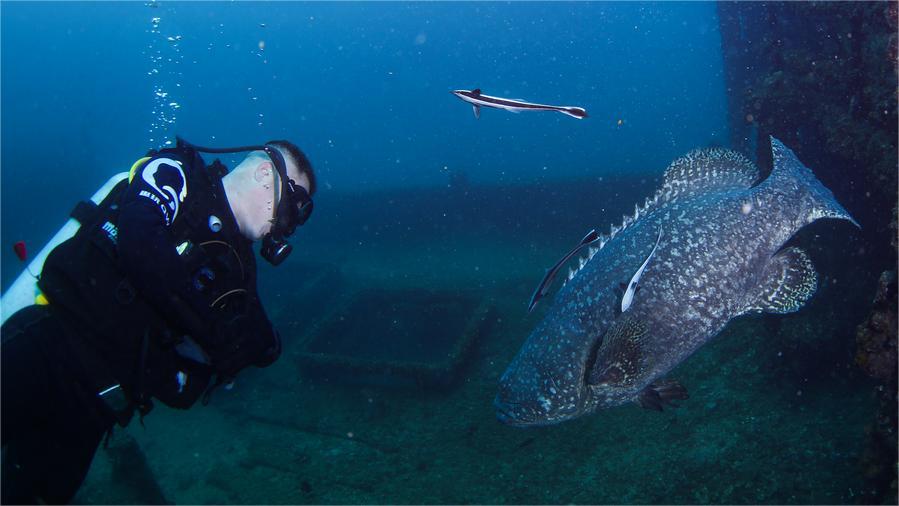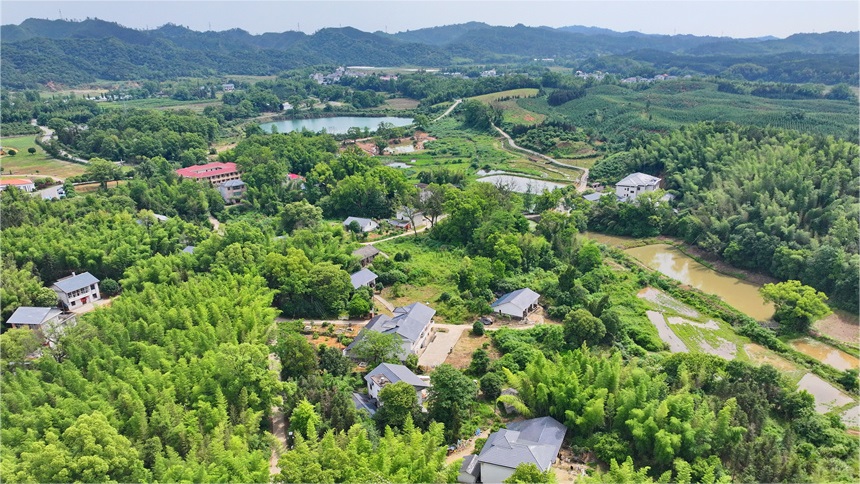Researchers refine their understanding of ice surface premelting
BEIJING, May 23 (Xinhua) -- A group of Chinese researchers has observed the atomic resolution image of an ice surface and discovered that the ice surface begins to melt at minus 153 degrees Celsius, according to a research article published in journal Nature on Wednesday.
Ice surface is an important medium for a variety of natural phenomena and atmospheric reactions, which has significant effects on ice formation, stratospheric ozone depletion and the electrification of thunderclouds.
Previously, the understanding of the ice surface was limited due to a lack of experimental methods at the atomic scale.
The researchers from the School of Physics of Peking University and Interdisciplinary Institute of Light-Element Quantum Materials used the domestic qPlus scanning probe microscope to develop an imaging technique that can distinguish hydrogen atoms and chemical bonds, accurately recognize the orientation of water molecules and precisely locate the distribution of dangling hydrogen atoms.
The surface of ice often begins to melt at temperatures below zero degrees Celsius, a phenomenon known as ice premelting, which is crucial to understanding the cloud formation and the melting of glaciers.
It was commonly believed that the starting point for ice surface premelting was about minus 70 degrees Celsius. The debate over ice surface structure and premelting mechanisms has persisted for more than 170 years.
With the help of temperature change experiments, the researchers observed the premelting process on the surface of ice at the atomic scale and discovered that the process begins at minus 153 degrees Celsius.
The study refined the long-standing knowledge of ice surface structure and its premelting mechanism, said Wang Enge, an academician from the Chinese Academy of Sciences.
Photos
Related Stories
- Scientists develop anti-fatigue 3D-printed titanium alloy
- Scientists develop new "artificial leaf"
- Chinese scientists achieve ultra-low temperature in supersolid candidate
- Chinese scientists develop ultrastrong, high thermal insulating ceramics
- Chinese researchers develop e-skin with isothermal regulation
- Chinese researchers develop thermal fibers mimicking polar bear fur
Copyright © 2024 People's Daily Online. All Rights Reserved.









